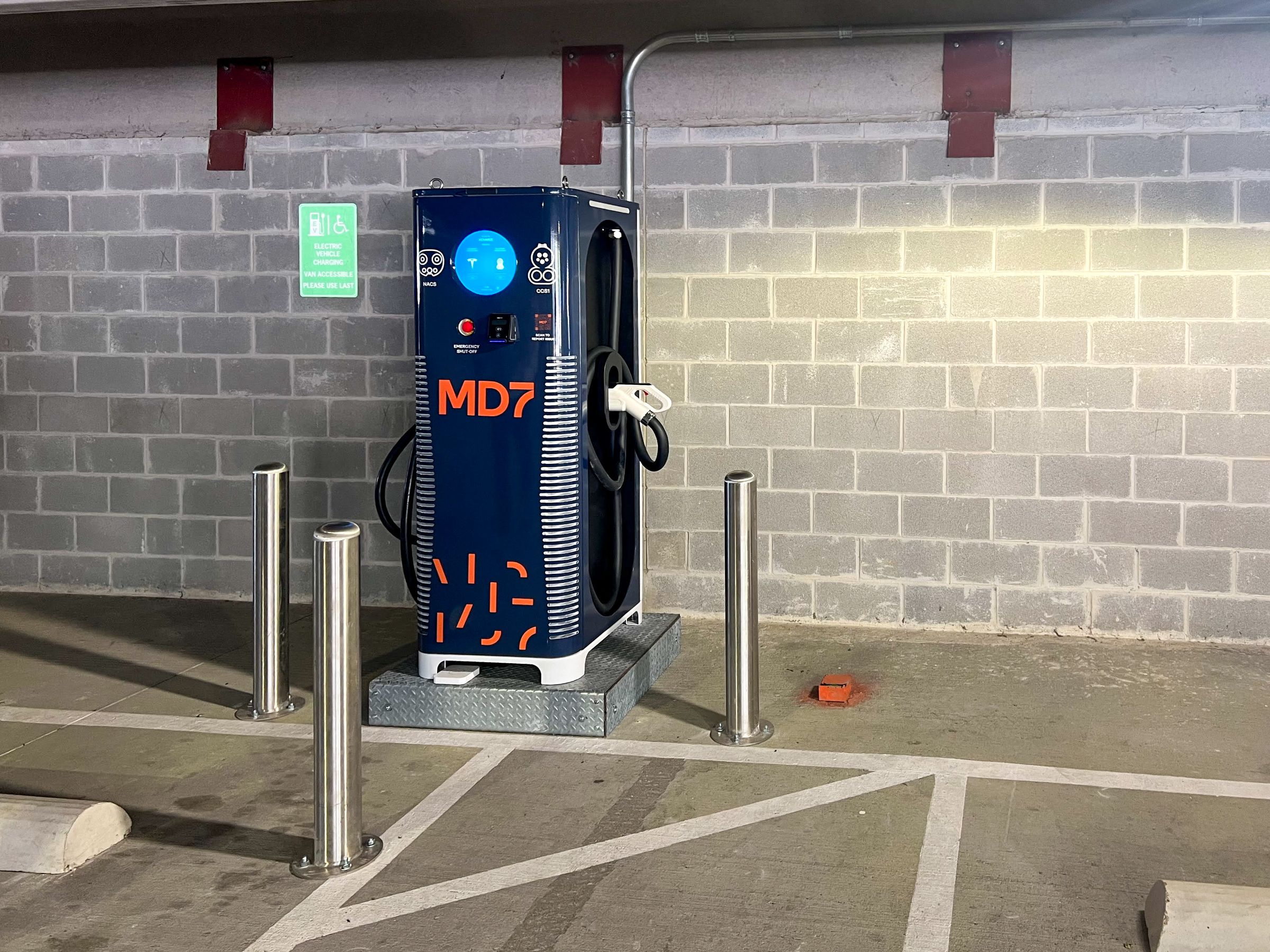Taking Contract Review to the Next Level with A.I. and Machine Learning
The thing that strikes me about telecom leasing today is the sheer volume of agreements related to any one cell site.
Decades ago, when the initial buildouts were focused on coverage, you might see a telecom lease, often papered on a pre-printed contract template, go untouched for many years. As the technology supporting wireless evolved and we went from 2G to 3G, to 4G/LTE and now 5G, as generators or other backup power capabilities were added, as leases were renewed or updated to meet current carrier requirements, these contracts have been subsequently amended time and again. Multiply that by the tens of thousands of sites that may be held in a real estate portfolio and you have A LOT of documents to manage.
The old model of hiring expensive lawyers, accountants, or other highly trained contract analysts to review these agreements one at a time whenever you want to audit billing charges or examine lease rights is out of sync with the cost efficiencies and scale demanded in today’s highly competitive wireless environment. We have found even outsourcing introduces risk to data integrity and reliability. As with all things, advances in technology now make it possible for this process to be much faster, more accurate, and more cost-effective, with more consistent results.
MD7 recently presented at a webinar on this topic called, «Beyond Diligence: Contract Analytics for Post-merger Integration, Compliance and Investment Intelligence.»
Legal and Legal Technology experts in the session included:
- Ned Gannon: President & Co-Founder of eBrevia
- Michael Fraunces: President, North America at MD7
- Jared Williams: Director at MD7
- David Wineman: Product Manager, Legal Technology Innovation at Baker McKenzie
- Tyler Marion: Managing Director, Management Consulting Practice at Duff & Phelps
- Kelsey Chase: Founder & President of Aumni, Inc.
For years, MD7 has applied Artificial Intelligence to extract information from and summarize telecom leases and we have seen first-hand the reduction in the time and increased accuracy associated with document review. Most recently, we utilized this technology to support one of the largest mergers and acquisitions in the global wireless industry.
One point from the webinar I found particularly insightful was how analysts conducting M&A due diligence were able to use the streamlined efficiencies from Machine Learning to identify early on which contracts needed amendments to bring the target company agreements up to the acquisition company’s guidelines. By quickly identifying gaps that needed to be addressed, the team was able to focus more time on getting the amendments in place prior to closing.
Having practiced law for over two decades in both a traditional Am Law 100 law firm setting as well as in an in-house corporate legal department, I know there are skeptics out there who may be uncomfortable relying on a machine to do the heavy lifting on legal analysis. However, the panelists point out the reliance on A.I. is no different than using Westlaw or Lexis/Nexis to conduct legal research. It is, quite simply, faster and more accurate. Tell me – when was the last time you Shepardized a case by hand? Outside of your 1L Legal Research and Writing class, I will bet never.
Studies have shown that coupling machine-learning technology with highly trained professionals allows teams to scale their domain expertise, creating greater value for their clients. With the use case for leveraging A.I. for contract analysis well established, I look forward to the next technological disruption in telecom leasing, whether that is automated lease document preparation and negotiation, or beyond.
Here is a recording of the webinar:



